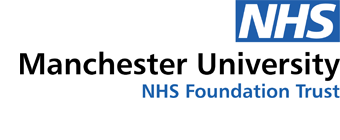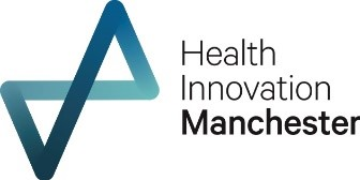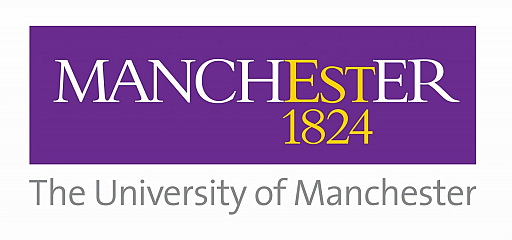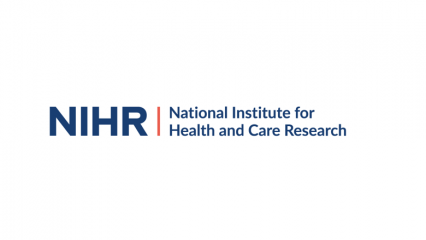NHS 70 research discoveries: The first clinical trial of Halothane at Manchester Royal Infirmary 1956
In the seven week run-up to the 70th birthday of the NHS, we will highlight a different research discovery from Manchester University NHS Foundation Trust each week from the past 70 years.
Week 1 – the first clinical trial of Halothane at Manchester Royal Infirmary
The first clinical trial of Halothane, a general anaesthetic, was led by Michael Johnstone at Manchester Royal Infirmary in 1956.
Halothane, also known as Fluothane, was a breakthrough in the field of inhalation anaesthesia and supported significant advances in surgery. One of its benefits was that it did not increase the production of saliva which can be particularly useful in those who are difficult to intubate.
Johnstone, a consultant at the MRI, was co-opted to the Medical Research Council’s committee on non-explosive anaesthetic agents in 1956, which was formed to consider what steps could be taken to find anaesthetics that did not carry the risk (albeit small) of explosion. A few years earlier, Halothane, also known as Fluothane, was first synthesized by C.W. Suckling of Imperial Chemical Industries in 1951 in Widnes. Further work by Suckling and Raventos at ICI Pharmaceuticals showed its potential as an anaesthetic agent.
The three principals in the discovery of Halothane. (L-R) Michael Johnstone, Charles Sucking and James Raventos*
Johnstone was the first to trial the agent clinically at the MRI and went on to publish the results of its use in 500 patients The Human Cardiovascular response to Fluothane Anaesthesia in the British Journal of Anaesthesia (BJA) in September 1956. The full paper can be read on the BJA website.
Michael Johnstone continued his research into Fluothane with a joint paper with Drs Harry Brennan and Andrew Hunter in September 1957 in the Lancet, a clinical assessment of halothane in 2500 cases.
Following the clinical trials, Halothane rapidly achieved acceptance and became the most frequently used anaesthetics until the 1980s.
In many parts of the world it has been largely replaced by newer agents since the 1980s but it is still widely used in developing countries and in veterinary surgery because of its low cost.
The full paper about the clinical trial can be found here: https://bjanaesthesia.org/article/S0007-0912(17)40517-4/pdf
* Information to write this article was sourced from:
The discovery of halothane: a product of Liverpool and Merseyside by Colin Suckling
Journal of the Association of Anaesthetists of Great Britain and Ireland, Volume63, Issue2, February 2008, Pages 218-219




